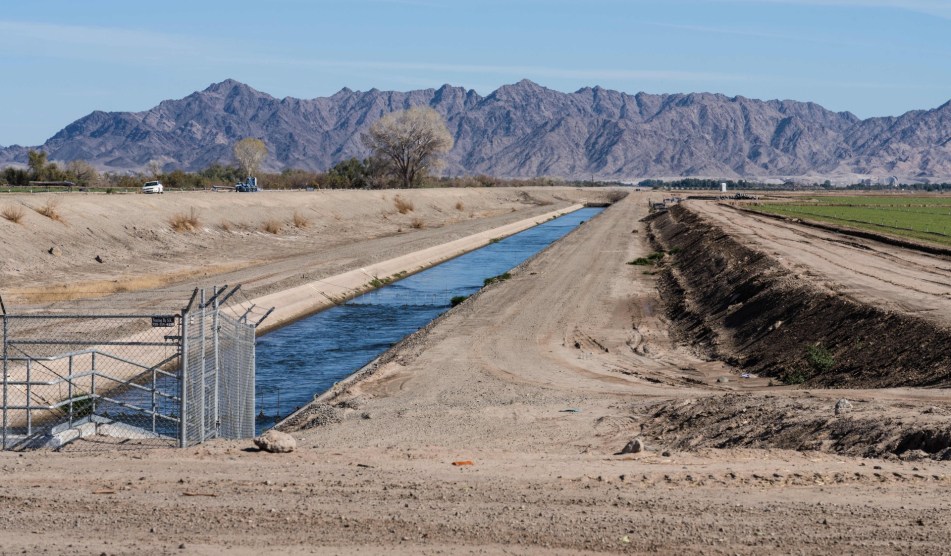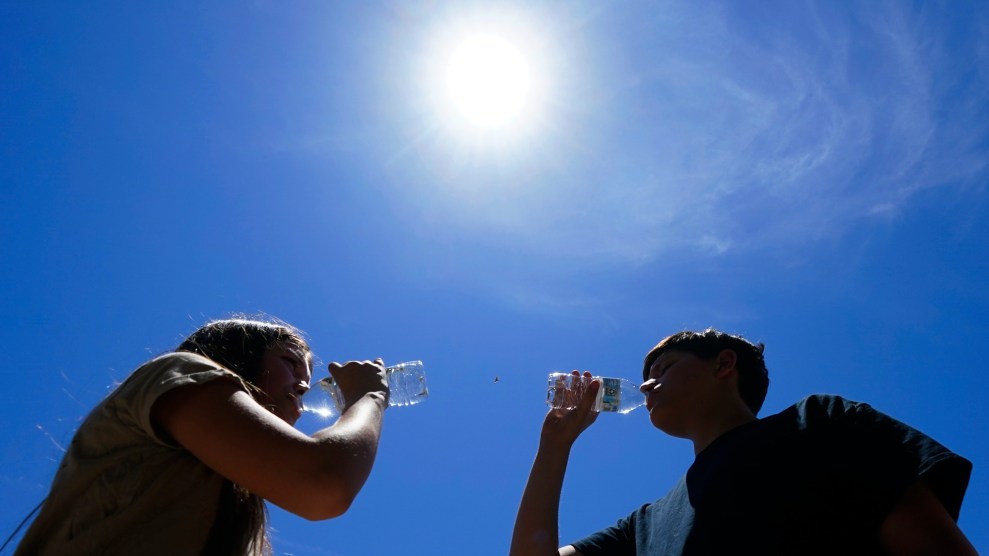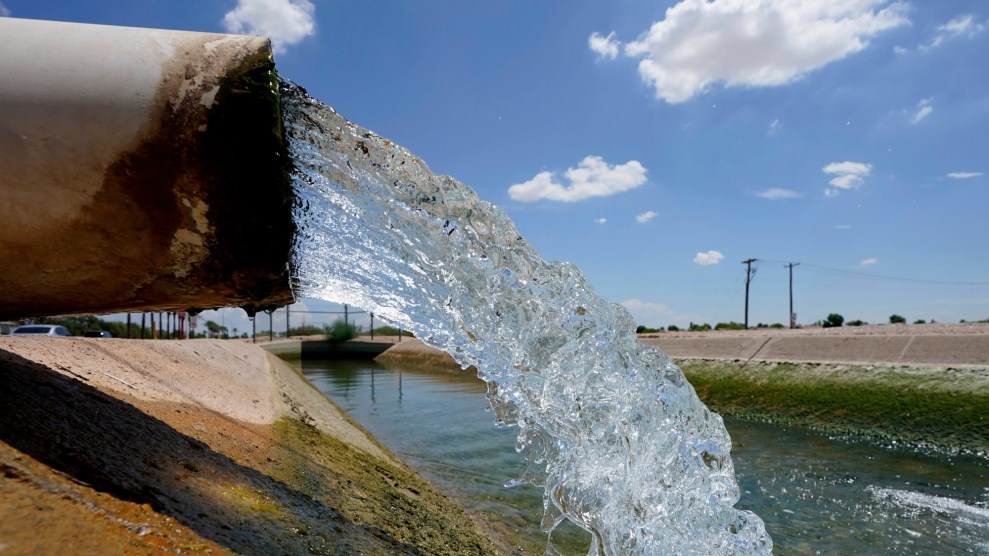The Associated Press via the International Herald Tribune reports that Dutch engineers are considering creating “breaker islands” off the country’s North Sea coast as a possible defense against rising sea levels caused by global warming. Should we be following their lead?
More than two-thirds of the Netherlands’ 16 million population lives below sea level, and Dutch policy makers are counting on a rise in sea level of around 80 centimeters (30 inches) in the coming century regardless of the ongoing scientific debate on the causes and likely impact of global warming. Bakker cited a strategy increasingly being used to strengthen the dunes that protect the country’s coast: pumping sand into strategic offshore locations where currents in the North Sea sweep them into place, bulking up the dunes.
“This strategy is successful and relatively cheap” in addressing immediate needs to strengthen the country’s water defenses, Bakker said. “We could use a similar more natural approach in strengthening our coastal defenses in the longer term. For example, by creating a series of small islands off the coast … instead of raising the current dunes or dams.”
That would help protect against storm surges such as the one in 1953 that drove water near the Dutch coast more than 4 meters (13 feet) above normal levels, breaching defenses and killing more than 1,800 people. That set off a massive 40-year building project that made the country’s water defenses among the strongest in the world. But the country’s undersecretary of Transportation Melanie Schultz said the damage caused by Hurricane Katrina was a “wake up call” that more work remains.
“We can’t delude ourselves that natural disasters occur only in developing countries,” she said.
So while we misspend billions on the wrong war for homeland security, the Dutch are engineering really good defense systems designed for the watery battlefront of the 21st century.
The Dutch government approved a new euro14 billion (US$18.5 billion) increase in spending on water defenses and water quality improvements over the next 20 years in December. That’s on top of euro3 billion (US$4 billion) in extra projects already in the works this decade against the threat from river floods, as Dutch climate models predict global warming will lead to more abrupt showers in the Rhine catchment area, whose water ultimately funnels through the Netherlands on its way out to the sea.
The recent IPCC (International Panel on Climate Change) reports the seas will rise for at least 1,000 years. We’ll need a whole civilization of Hans Brinkers with stout fingers and, well, not ice skates… maybe Jetskis.















